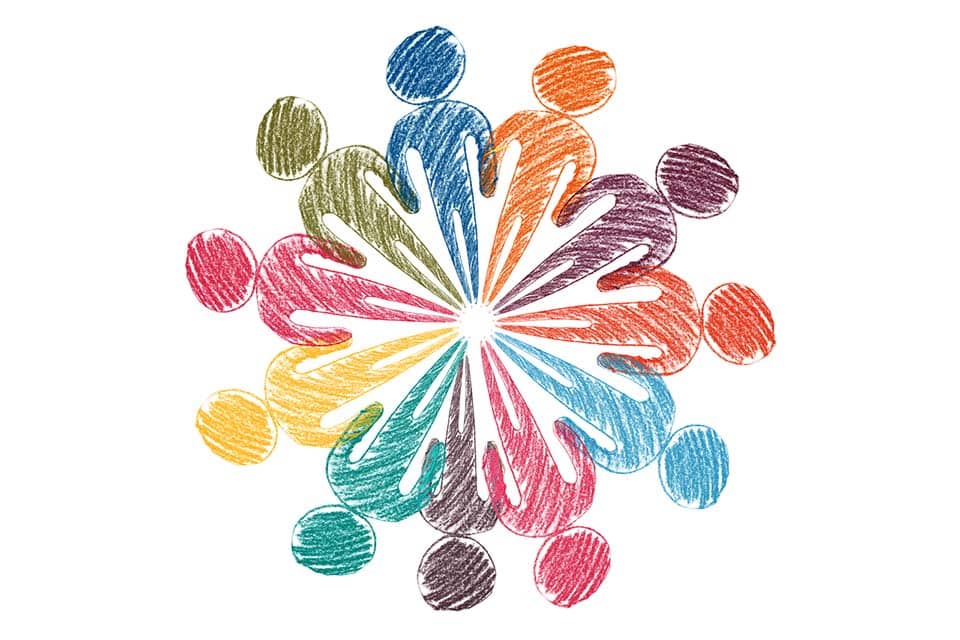
When we think of sports, we think of fun and entertainment; we think of energy and performance. But when you take a closer look, sports are one of the best representations of teamwork and collaboration. A group of individuals come together to accomplish a particular goal.
Legendary Basketball Coach Phil Jackson once said “For a team to succeed, the players have “to surrender the ‘me’ for ‘we.’ Sports is a living example of how many players come together and work with dedication to achieve a single goal which requires teamwork and group effort to make it realistic.
Schedule a call with a Pragati Leadership expert to discuss how we can support your strategic objectives.
Schedule your CallEveryone in the team plays a different role according to their skill set and strength but they collaborate for a single goal.
While a sport inspires and unites people, it is also a guidebook to be applied in the world of corporates. Moreover, it shows us how champions are born through the efforts of talented individuals who join hands towards a common goal.
A survey conducted by psychologist Marjorie E. Shaw proves that a group of people when working together solves the problem much accurately and precisely rather than when an individual work on them.
What do these teams especially do to have remarkable teamwork and collaboration? Where do businesses lack in developing teams? What features are necessary to build a strong team? How to bring about an organizational transformation using leadership training?
Let’s explore the answer more closely to know what does a collaborative team look like –
- TRUST
For developing confidence and effective work chemistry within the team, trust is a vital element. If you know your teammates better, consequently you will trust them better which increases the probability of successful collaboration.
Therefore, the companies should plan more employee engagement activities and picnics to help the team members connect in a friendly environment.
- TRANSPARENT COMMUNICATION
An organization must be transparent with their employees and promote open communication.
“99.1% prefer a workplace where people identify and discuss issues truthfully and effectively while less than 50 % say their organization discusses issues truthfully and effectively.”
Clear conversation throughout the team and organisation will keep every member on the same page and will assist to make a smooth choice just by focusing better on reaching the planned benchmarks.
- TEACH WHAT YOU PREACH
Do not just tell your team what to do and what not. Rather, show them, become the leader that you wanted when you were an associate employee. Model the uprightness that you are expecting from your team and hold yourself as well as your team accountable.
Arrange for a formal training program for your future managers so that they receive an unbiased and neutral view of the management, which might get missed by your limited vision. The First Time Manager training program by Pragati Leadership prepares new managers for success by providing them with the training and skills needed to make a smooth transition from an employee to a leader.
Lastly, take a stand when required, and have faith in others.
- FREEDOM TO EXPRESS
What makes a great team? When individuals of different skills and calibre come together and are given the freedom to exercise their skills proficiently.
Many individuals in a team lead to a diverse body of knowledge – this is the pioneer of creative solutions. Use distinctive skills of every individual member of a team to a strategic advantage while moving forward. Adopt innovative techniques to give every member their creative space.
- INVITE HEALTHY DISAGREEMENTS
Keep the communication channel open and never be afraid to have conflicts or disagreements in the ideas. Many members will lead to many perceptions but a healthy disclosure only benefits the business.
When 97% employees believe communication is the core foundation of every business and productivity shoots up by 25% with a better-connected employee system, teamwork and communication should form the basis of your company.
Leadership programs in India stress on the idea of creating a collaborative environment in order to build the foundation of a more prosperous endeavour. Business leaders should keep in mind that for collaborations to work it must be reliable and purposeful, with resources and rewards dedicated to its success. When team members sense that they are a part of something remarkable they are more than willing to grind and work together to accomplish the benchmarks.
One is better than one i.e. one team is always better than one player.
Share on Social Channels
Our Categories
Categories
- Behaviorial (7)
- Blog (262)
- Certified People Manager Program (3)
- Coaching (8)
- Corporate Trainers (7)
- Developing Collaboration (12)
- Emotional Intelligence Training (12)
- Executive Leadership Program (29)
- First Time Manager Training (12)
- Growth Mindset Course (3)
- Inspirational Leadership (17)
- Inspiring and Successful Leadership Awards (16)
- Leadership Awards (37)
- Leadership Development (123)
- Leading Virtual Teams (6)
- Management Development (29)
- Marketing (2)
- Negotiation Skills Training (7)
- Organizational Transformation (24)
- Others (24)
- Stakeholder Management (3)
- Strategic Leadership Development Program (4)
- VUCA Leadership (2)
- Wholesome Leadership (23)
- Women Leadership (15)
Recent Insights
“In the past a leader was a boss. Today’s leaders must be partners with their...
Ask anyone who’s ever led a team, and they’ll tell you this: managing people isn’t...
“Executive Presence is a mix of mindset, skills, and behaviors”. Want to be perceived as...
There’s a strange assumption many people make about senior leaders: once someone has a couple...
“The number one problem first-time leaders face is failing to understand that leading requires entirely...
